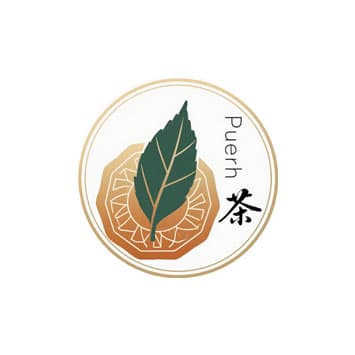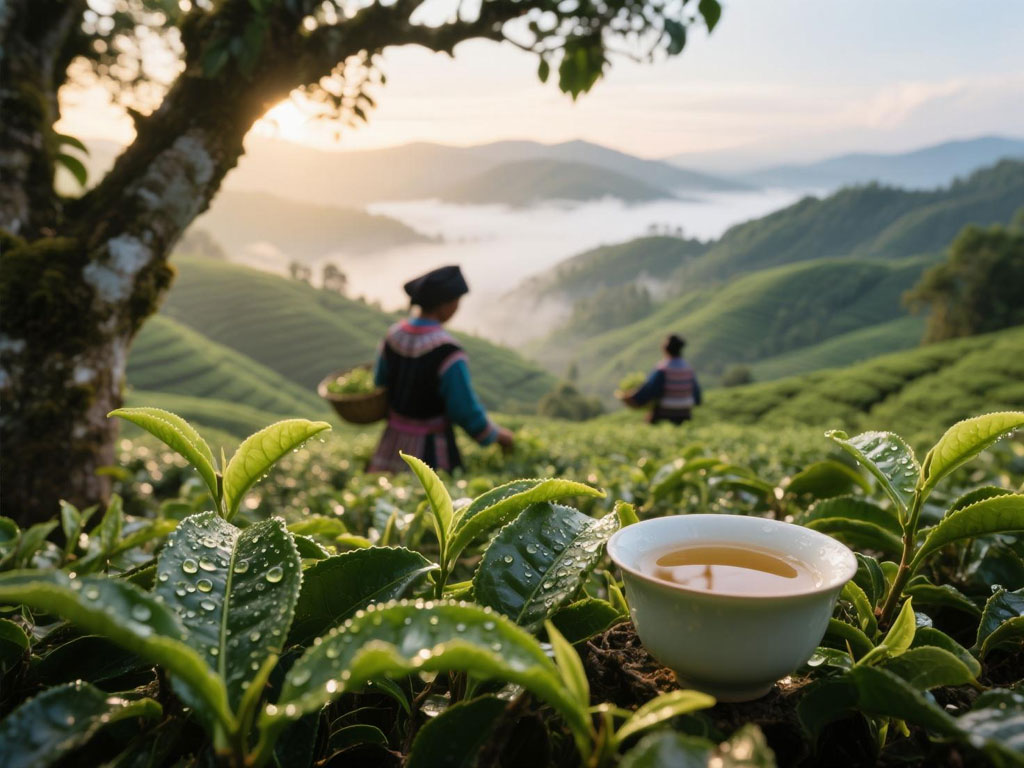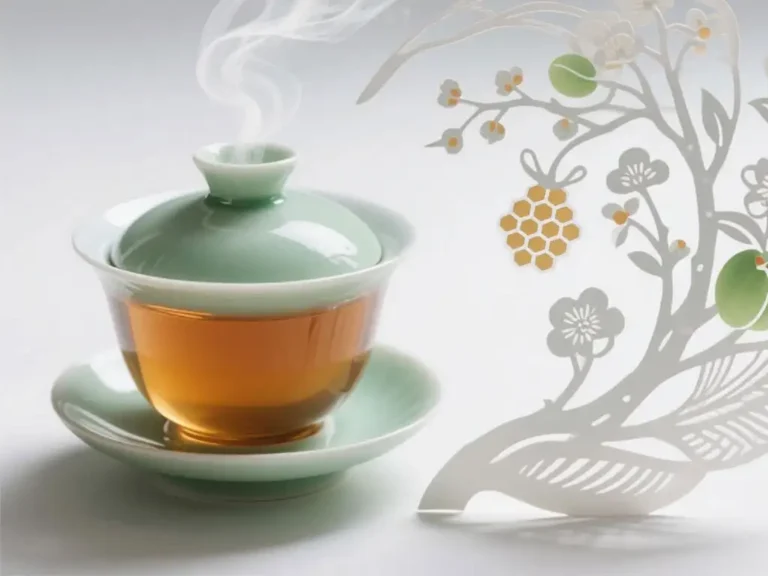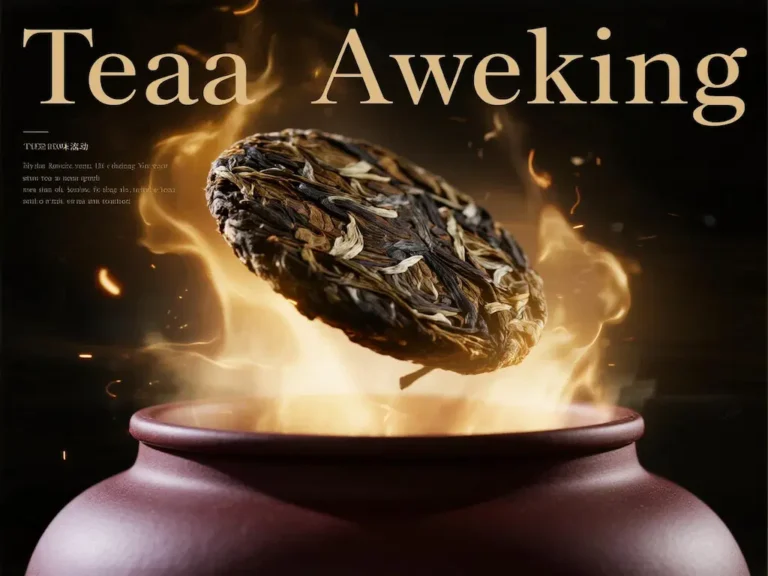What is Raw Pu’er Tea?
What is Raw Puerh Tea? Raw Puerh Tea is a special type of tea, with two key aspects: raw materials and processing. Its definition is clear: it must be made from the fresh, tender leaves of large-leaf tea trees grown within the geographically protected area of Yunnan Province. These fresh leaves are first processed into sun-dried rough tea. Then, through specific processing, they are made into loose tea or pressed into cakes, bricks, and other shapes.
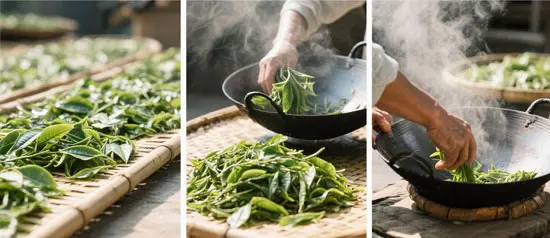
How is raw Puerh tea processed?
The production of raw Pu’er tea involves several key steps:
1.Picking: Experienced tea pickers carefully pluck the freshest, most vibrant buds and leaves from the tips of tea trees during the appropriate season (especially in spring). The standards and techniques used during picking directly impact the future quality of the tea.
2.Spreading: The tea leaves are spread out in a cool, well-ventilated area to allow some moisture to evaporate. Meanwhile, subtle chemical changes occur within the leaves, beginning to develop their initial aroma.
3.Fixing: This is the most critical step. The tea leaves are quickly heated at a relatively low temperature. This primarily stops the enzymes in the tea leaves from functioning temporarily, but does not kill them. This preserves the tea leaves’ “vitality,” allowing them to continue evolving over time.
4.Cooling: Allow the tea leaves to cool after fixing.
5.Rolling: The tea leaves are rolled by hand or machine to release their juices and shape them.
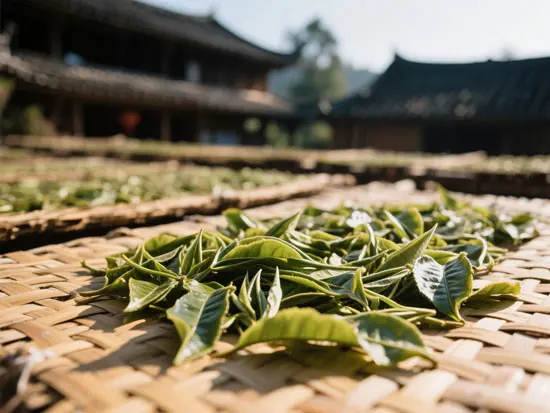
6.Sun-drying: Another critical step! The tea leaves are placed under the sun to dry. This is better than using high-temperature machine drying. Sun-drying better preserves the tea leaves’ “active compounds,” allowing the tea to develop more fully later.
7.Compression (optional): People steam the sun-dried raw tea to soften it, then place it in special molds and press it tightly to form various shapes. The most common are round, thick tea cakes, square tea bricks, small tea balls, and even mushroom-shaped compressed tea.
The unique processes of killing the green and sun-drying are the “soul code” of raw Pu’er tea. Together, they lock in the tea leaves’ vitality, laying the foundation for its “living tea” characteristics and giving it an extraordinary quality that distinguishes it from green tea, black tea, and other tea types—the ability to continue growing and changing over time.
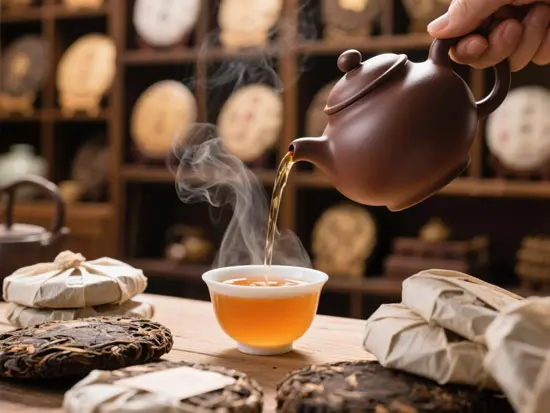
The magic of raw Pu’er tea: the longer it ages, the better it becomes
Pu’er tea has a unique characteristic: it becomes more aromatic with age. Collectors particularly favor raw Pu’er tea because its production process preserves the vitality of the tea leaves. After production, raw Pu’er tea continues to slowly evolve. The taste varies depending on the year it was produced.
Freshly made tea has a high aroma, particularly honey-like sweetness. It has a strong flavor and a slightly cooling nature.
As storage time increases, the stimulating components in raw Pu’er tea diminish. The flavor becomes richer and more mellow. A unique “aged aroma” gradually emerges. The tea’s nature also becomes more gentle. The color of the tea broth also changes. It starts as pale yellow or bright yellow, then turns to golden yellow, orange-yellow, or even orange-red. Tea aged for an exceptionally long time may have a tea broth color as deep red as wine.
Raw Pu-erh Tea for Everyone
Nowadays, when making raw Pu’er tea, higher-quality raw materials are typically selected. For example, tea picked in the spring or tea from large-leaf tea trees grown at high altitudes. Those pursuing perfection may even select tea from ancient trees that are hundreds of years old. Tea drinkers’ understanding of raw Pu’er tea has also deepened.
In summary, raw Pu’er tea is the essence of Yunnan’s fine teas. It is delicious and worth storing. Whether you are a new tea drinker or a seasoned tea connoisseur, you can enjoy it and collect it. Raw Pu’er tea has become a high-quality tea that everyone can access and enjoy.
